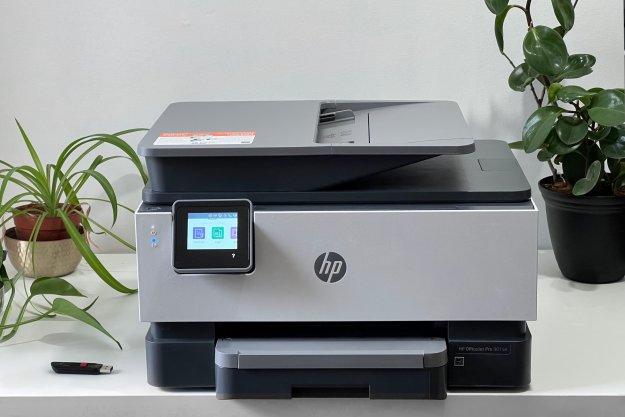
The original Oculus Rift campaign for its first developer kit headset hit the internet at the end of summer, 2012. It gave us our first indication that virtual reality was a hype train worth getting aboard, as close to 10,000 people pledged more than $2.4 million to help bring the headsets to life. Since then we’ve had multiple developer versions and consumer hardware releases from Oculus and other companies.
Now though, with a lull in hardware releases between generations, Pimax has captured the imagination of VR hopefuls and fans once again, with promises of pseudo-5K and 8K virtual reality (actual resolutions are dual 2,560 x 1,440 and 3,840 x 2,160, respectively). More exciting, however, is the 200-degree field of view, which begins to come close to the human field of view of 220 degrees. They’re at relatively low prices too, with one Pimax 5K headset costing $400, while the basic version of the 8K headset is priced at $500.
The downside is that these headsets do not come with controllers, or with trackers — they work with existing SteamVR Lighthouse laser sensors. There are options for bundled sensors and controllers, too, but those edge the price up to as much as $800.
That said, the headset claims to have no lag in viewing panoramic images and videos, which ought to reduce the motion sickness that many VR enthusiasts experience when sitting behind a headset for too long. In fact, Pimax notes that users ought to be able to experience up to two hours of movies and games without breaking a sweat. Moreover, Pimax 8K is said to cut down on screen door effect (that annoying problem in which you see fine lines between pixels), and thanks to positional tracking and hand motion sensitivity, this headset promises to be among the most immersive audiovisual experiences on the market. And while you may think that this plethora of features makes for a heavy headset, the Pimax is said to be lightweight, ergonomic, and softly padded.
So far the campaign has drawn in over 5,000 backers and over $3.3 million at the time of writing, which makes the Pimax VR headsets the most highly crowdfunded in history.
Now that they’ve hit the $3 million stretch goal, the developers pledge to add eye-tracking to the headsets. Already unlocked stretch goals include an additional face cushion, head strap upgrades with bundled earphones (like the HTC Vive deluxe audiostrap), custom prescription lenses, included cooling fans, and a wireless transmission module.
The Pimax headsets promise a lot, which is perhaps why they’ve managed to generate such a lot of interest and financial investment from fans. With a few days still to go, it seems likely that quite a few more potential backers will get on board.
The first versions of the Pimax headsets will begin shipping out in early 2018. Time will tell if Pimax will enjoy the same financial success as Oculus VR, which drew in tens of millions in additional funding before its eventual purchase by Facebook in 2014 for $2 billion.
Update: Pimax 8K surpasses $3 million in funding.
Editors' Recommendations
- The world’s first 8K mini-LED monitor has arrived
- 8K gaming monitors: here’s why you shouldn’t expect them in 2023
- Pimax 8K X hands-on review: Long-awaited 8K VR headset is here, and it’s awesome



